Chernobyl’s Bugs: The Art And Science Of Life After Nuclear Fallout
In 1986, a Swiss artist set out to document insects from regions affected by the Chernobyl disaster, and science is starting to catch up with her
If you stare at one of Cornelia Hesse-Honegger’s watercolors long enough, you’ll notice something’s a little bit off with the insects she depicts. There’s a bent antennae or a crumpled wing—the deformities make it clear to the viewer that this bug is not “normal.”
“Each one is a little bit like a puzzle,” says Tim Mousseau, a biologist at the University of South Carolina. “The closer you look the more you see.”
A Zurich-based artist and scientific illustrator, Hesse-Honegger has been peering into microscopes and drawing malformed insects for decades. Her bright paintings of “true bugs”—insects like firebugs, aphids and cicadas that all share a unique sucking mouth organ—often focus on their anatomy, and look like something out of a beautiful old-school entomology textbook.
She got her start working is an illustrator at an entomology lab at the University of Zurich in the 1960s, where she drew flies and other insects that had been exposed to different mutagens, such as x-rays and ethyl methanesulfonate (a compound similar to Agent Orange). But, perhaps her most famous work comes from areas affected by the explosion at a nuclear power station in Chernobyl, Ukraine, on April 26, 1986. Knowing that severe radiation exposure can cause mutations in the string of DNA letters found within cells, and that those mutations might cause deformities in a creature’s body plan, Hesse-Honegger went looking for her preferred bugs in regions under the Chernobyl cloud, first in Sweden and then in southern Switzerland.
“All living beings in areas contaminated by the radioactive cloud were now in a situation comparable to that of laboratory flies exposed to radioactivity,” she says. And when she looked, collecting 50 to 500 insects at various locations, she did find insects with slight abnormalities in their anatomy.
When Hesse-Honegger’s images were first published in the late 1980s, though, they generated uproar and criticism in the scientific community. Most research was focused on the health risks to humans and engineering issues. Enough time hadn’t passed for scientists to understand Chernobyl’s impact on biological communities, and many thought the effects on animals and insects would probably be minor.
In 1990, she traveled to Chernobyl itself, collecting insects from within the exclusion area around the sarcophagus of the nuclear reactor. Out of the 55 true bugs she collected, 12 were malformed.
Of course, she had no way of knowing whether the abnormalities she saw were from mutations, or whether any possible mutations were caused by the radiation. Some suggested that perhaps her field samplings were statistically insignificant exceptions to the norm, simply the result of natural mutation or injury. Others claimed the work was inaccurate and unscientific. Though the nuclear explosion initially released high levels of radiation lethal to animals (including humans) and plants, in the days and months following, radiation (mainly in the form of Cesium-137, which has a half life of 30 years) would have stuck around these areas only at much lower doses.
Hesse-Honegger’s project certainly had some artistic momentum. Over the years, she has collected and drawn over 16,000 true bugs from 25 nuclear sites across the globe—and not just disaster areas, like Chernobyl and Three Mile Island. Wondering whether low doses of radiation were an issue at nuclear plants and laboratories as well, she has visited working nuclear installations, including one in La Hague, France. She even took live-samples from areas impacted by Chernobyl in Switzerland, and bred populations of flies (Drosophila melanogaster) in her kitchen to observe abnormalities in the offspring. Hesse-Honegger published these artistic studies in the journal Chemistry & Biodiversity in 2007.
But after so many years, what do scientists really know about the impact on animal life?
Mutations have been found in animal populations within the original 1,004-square-mile Chernobyl exclusion area, including in barn swallows (Hirundo rustica) and bank voles (Clethrionomys glareolus). And, a 1994 study showed increased mutation rates in flies (Drosphila subobscura) in Sweden, though in each case it’s hard to say whether Chernobyl was to blame.
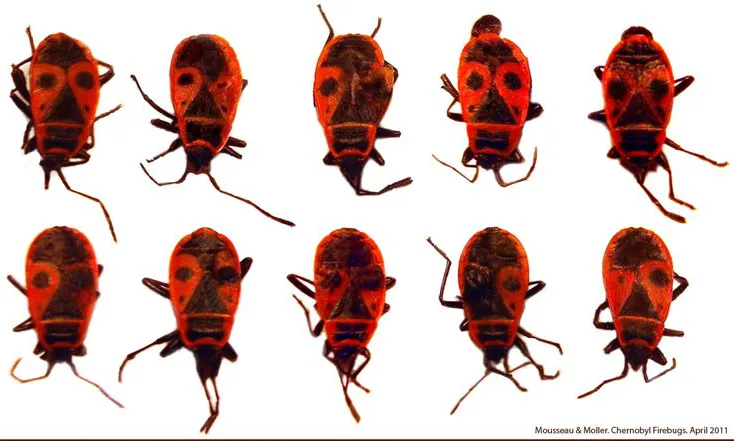
Mutations caused by radionuclides (radioactive isotopes of elements) come in two forms: germline mutations in the DNA of the sperm or egg or mutations in cellular DNA due to exposure that can cause different forms of cancer. The first is passed down to future generations, and the second is typically not. Both types of mutations would likely look like mutations that arise normally in insects—so no glowing grasshoppers or giant flies of science fiction fodder are likely buzzing around Ukraine. Individual mutations probably wouldn’t impede an insect’s survival, but if new mutations accumulate in these bugs overtime, fitness could drop due to natural selection pressure.
For any animal or insect, a drop in fitness could produce negative effects at the ecological community level. Since the mid-1990s, scientists have reported that moose, boar, otter and other animal communities thrive around Chernobyl. But a string of studies since then have suggested that all might not be so idyllic for some species. Barn swallows living in the exclusion area have seen increased rates of albinism and cataracts, as well as decreased reproduction and survival.
“We have a very, very incomplete picture,” says Mousseau, who studies birds and insects around Chernobyl and Fukushima in Japan. In 2009, Mouseau and his colleagues did find lower populations of butterflies, bees, dragonflies and spiders in areas inside the 12-square-mile exclusion zone around Chernobyl compared to those further away. But, he adds, “There’s been very little research done to rigorously assess the impacts of the radioactive contaminants on the insect communities in the area.”
Scientists do know that some species might be less susceptible than others, and perhaps mutant bugs could adapt to such stressful conditions. In a Functional Ecology paper published this week, Mousseau and his colleagues revealed that some bird species living near Chernobyl might be adapting to low-dose radiation levels. As scientists discern Chernobyl’s radioactive legacy, they’re also figuring out how evolution works in a radioactive world.
The natural world is dynamic, so it’s hard to predict what Chernobyl will look like in the future. But, perhaps the abnormally formed critters that Hesse-Honegger captured will inspire future scientists to solve these ecological puzzles—as she originally hoped they would.
/https://tf-cmsv2-smithsonianmag-media.s3.amazonaws.com/accounts/headshot/Screen_Shot_2014-01-27_at_12.05.16_PM.png)
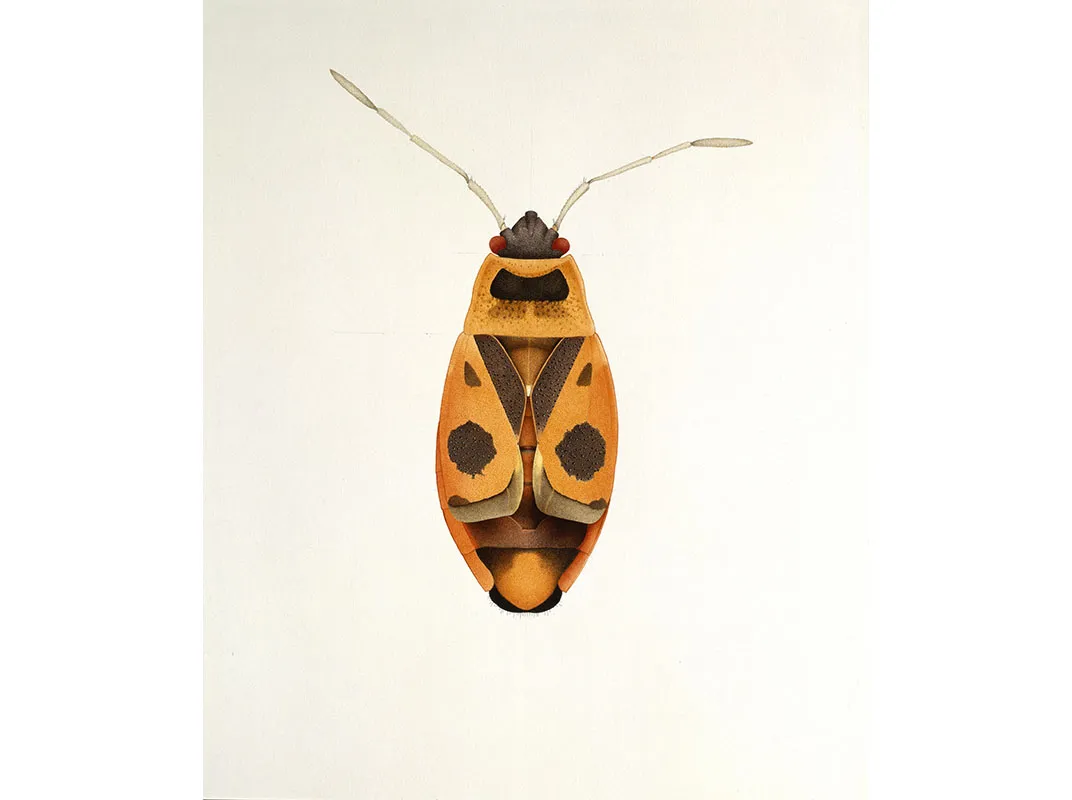
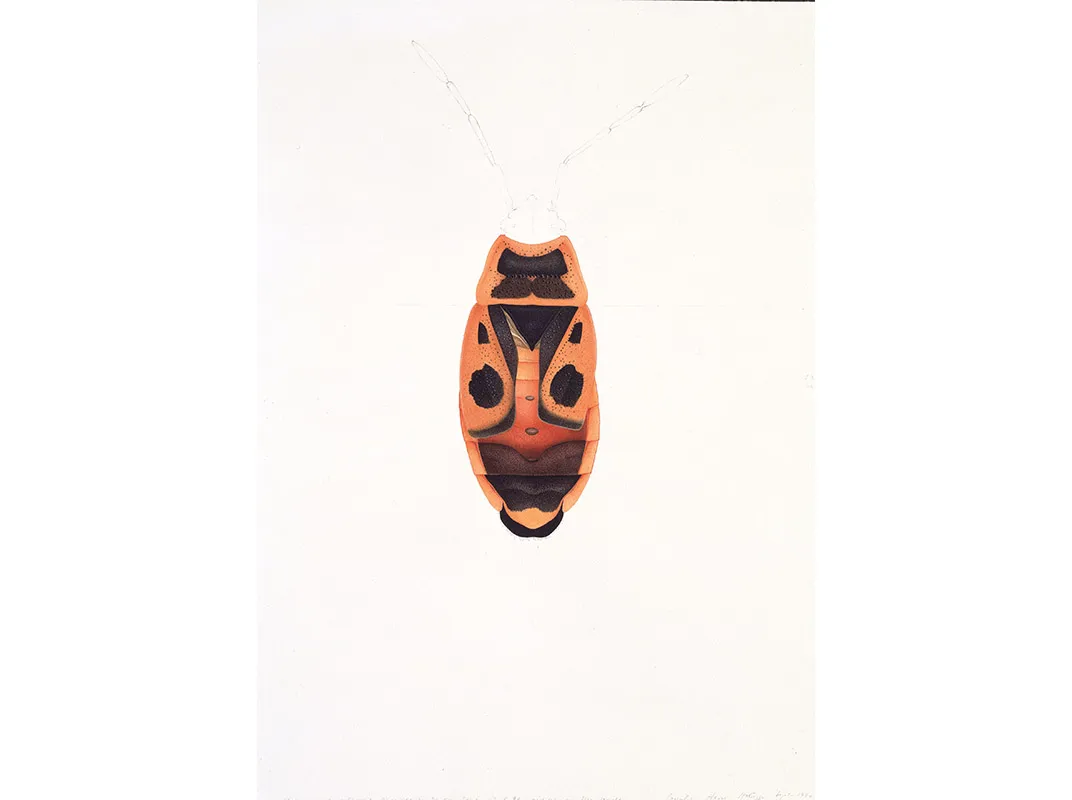
/https://tf-cmsv2-smithsonianmag-media.s3.amazonaws.com/filer/ac/a4/aca4cf57-1914-4c60-91be-a7269dd0f599/ch_05edit.jpg)
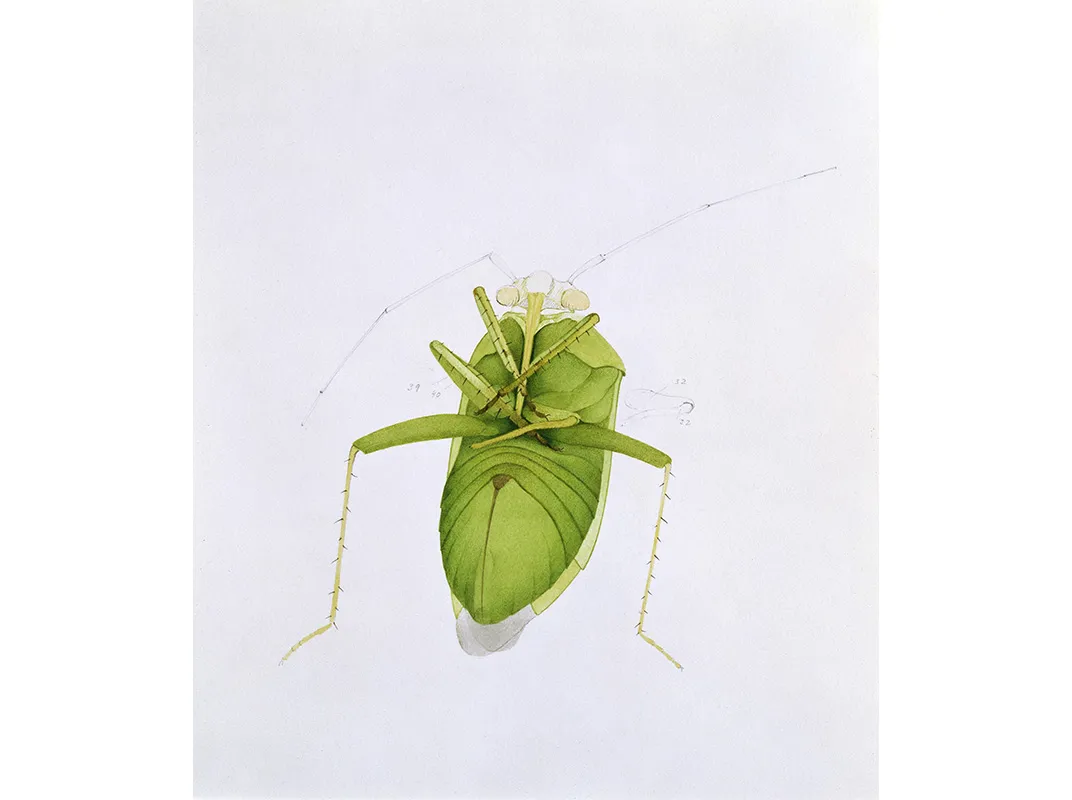
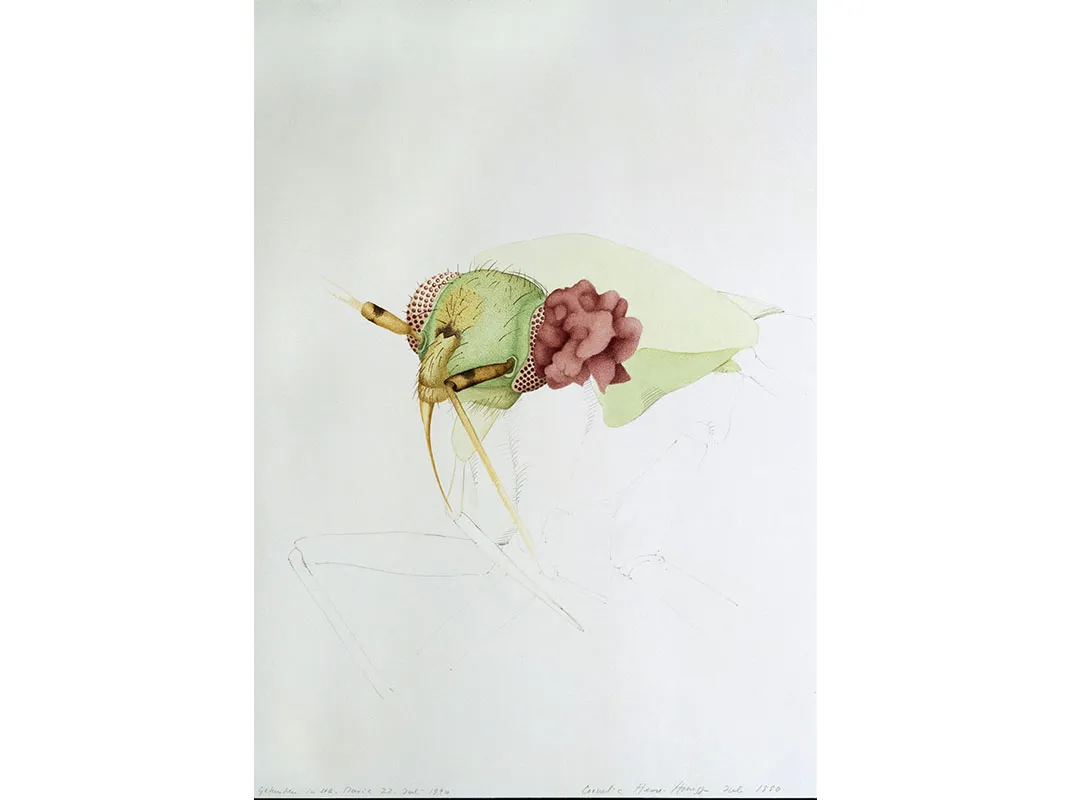
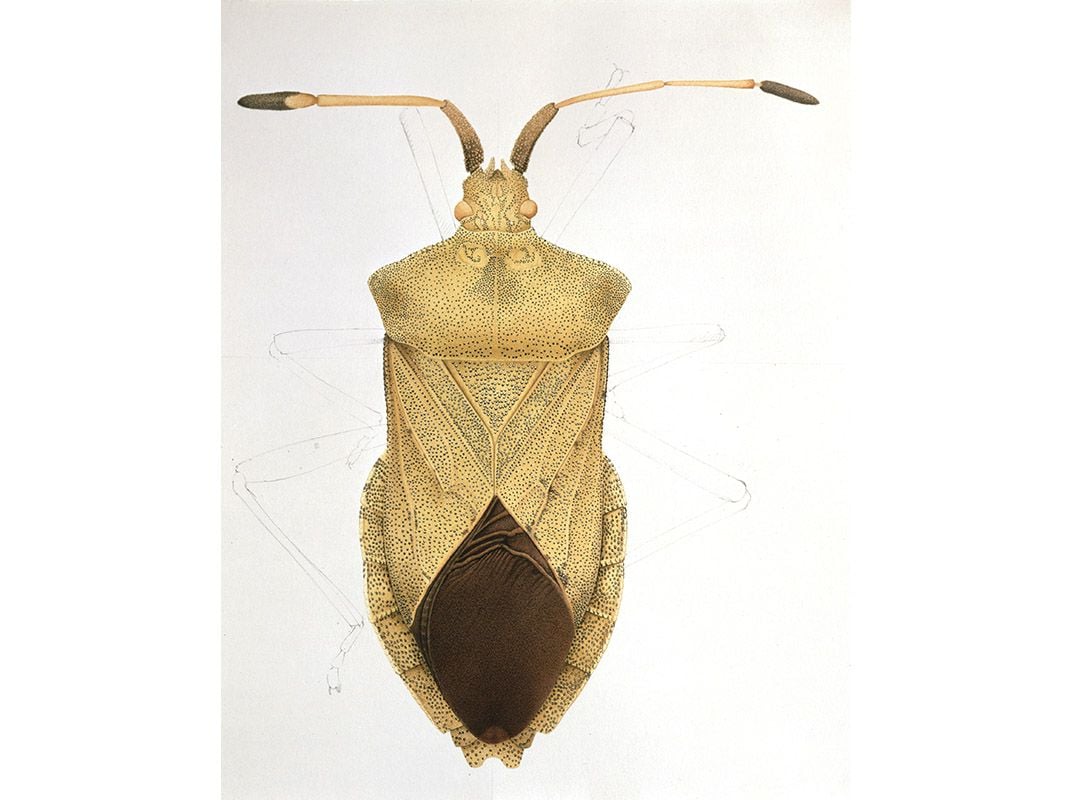
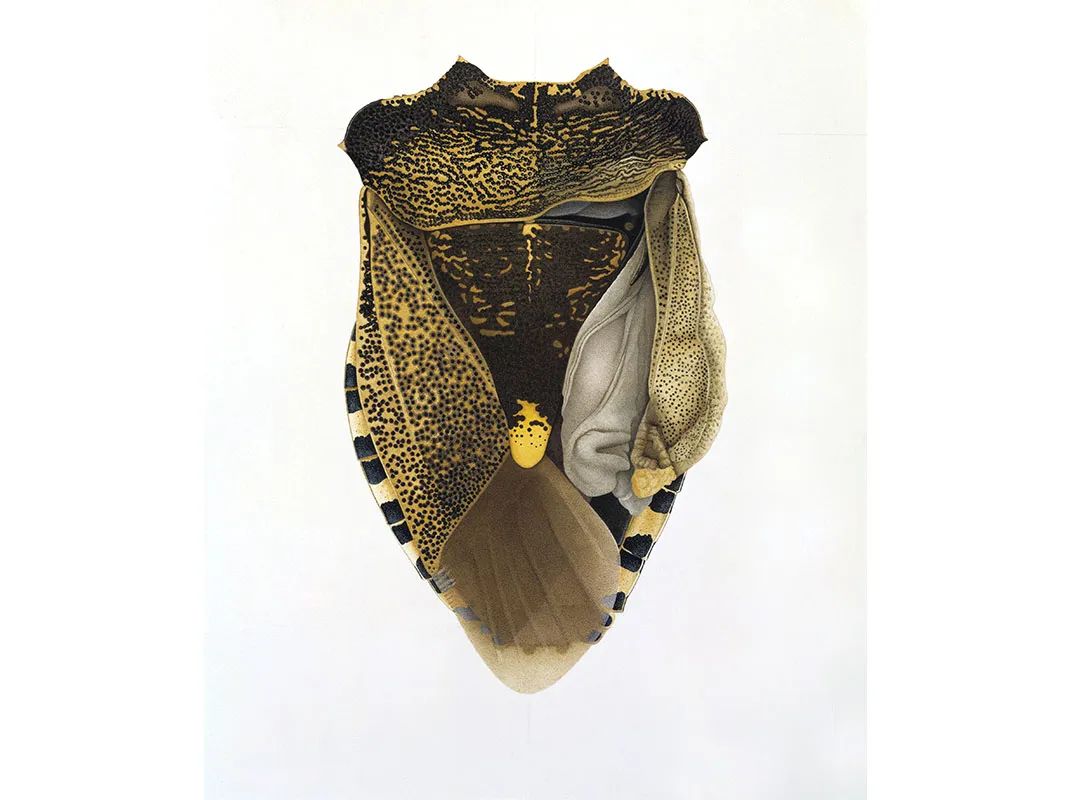
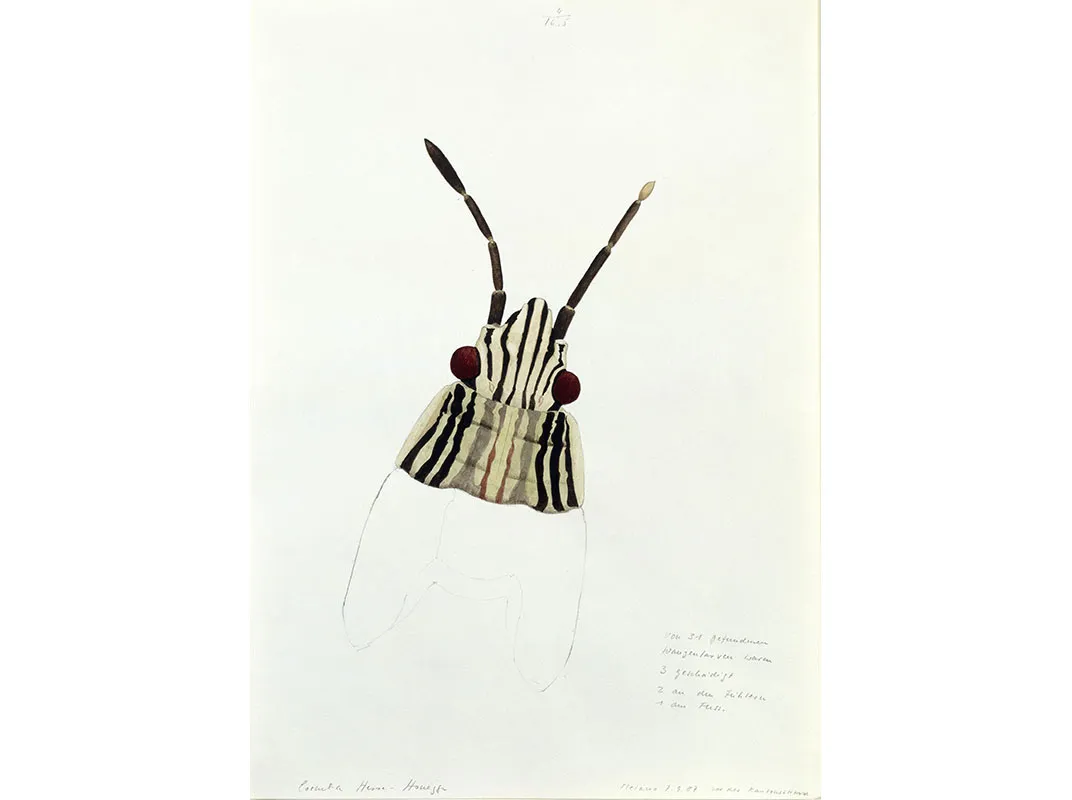
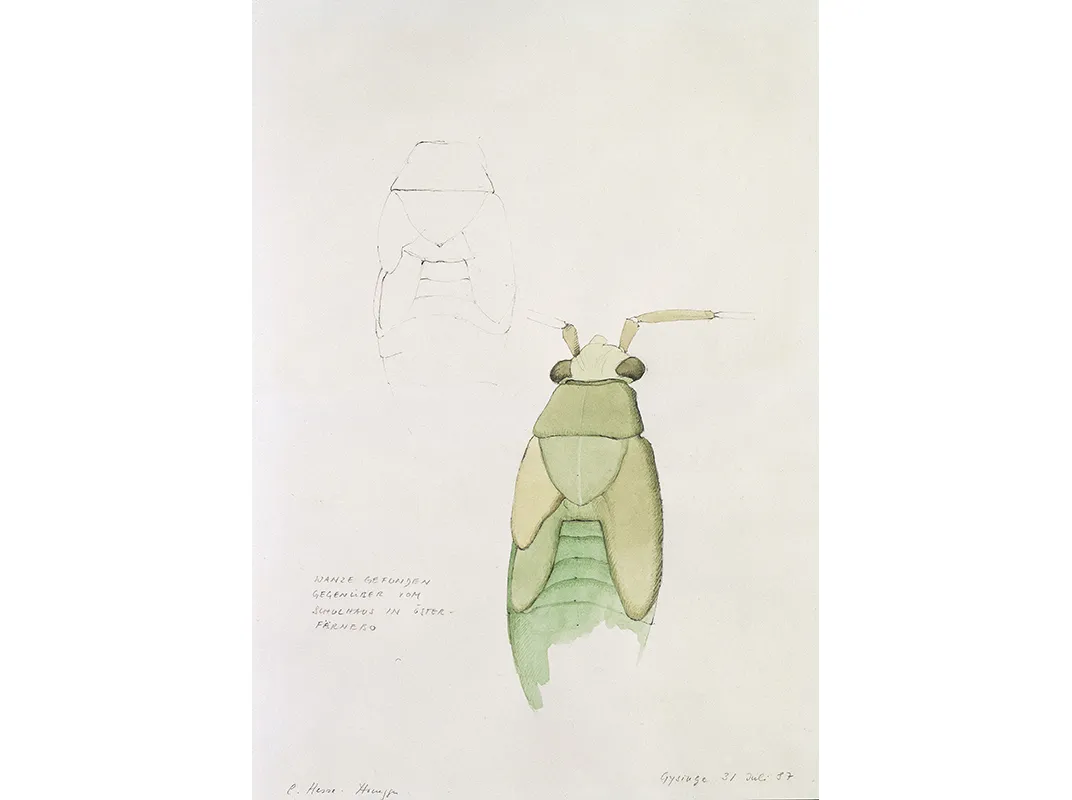
/https://tf-cmsv2-smithsonianmag-media.s3.amazonaws.com/filer/23/74/2374dde5-e416-4229-98cc-22d7da0b4edb/ti_13edit.jpg)
/https://tf-cmsv2-smithsonianmag-media.s3.amazonaws.com/accounts/headshot/Screen_Shot_2014-01-27_at_12.05.16_PM.png)